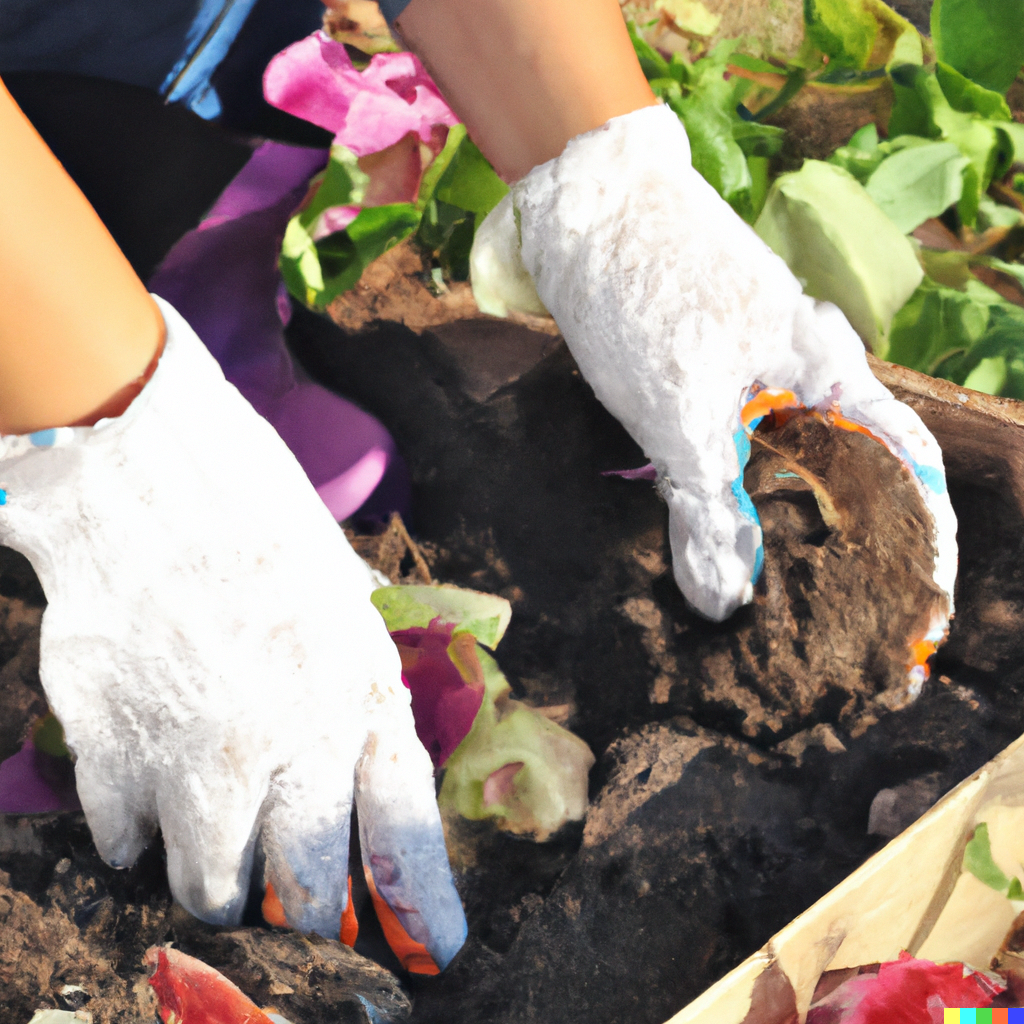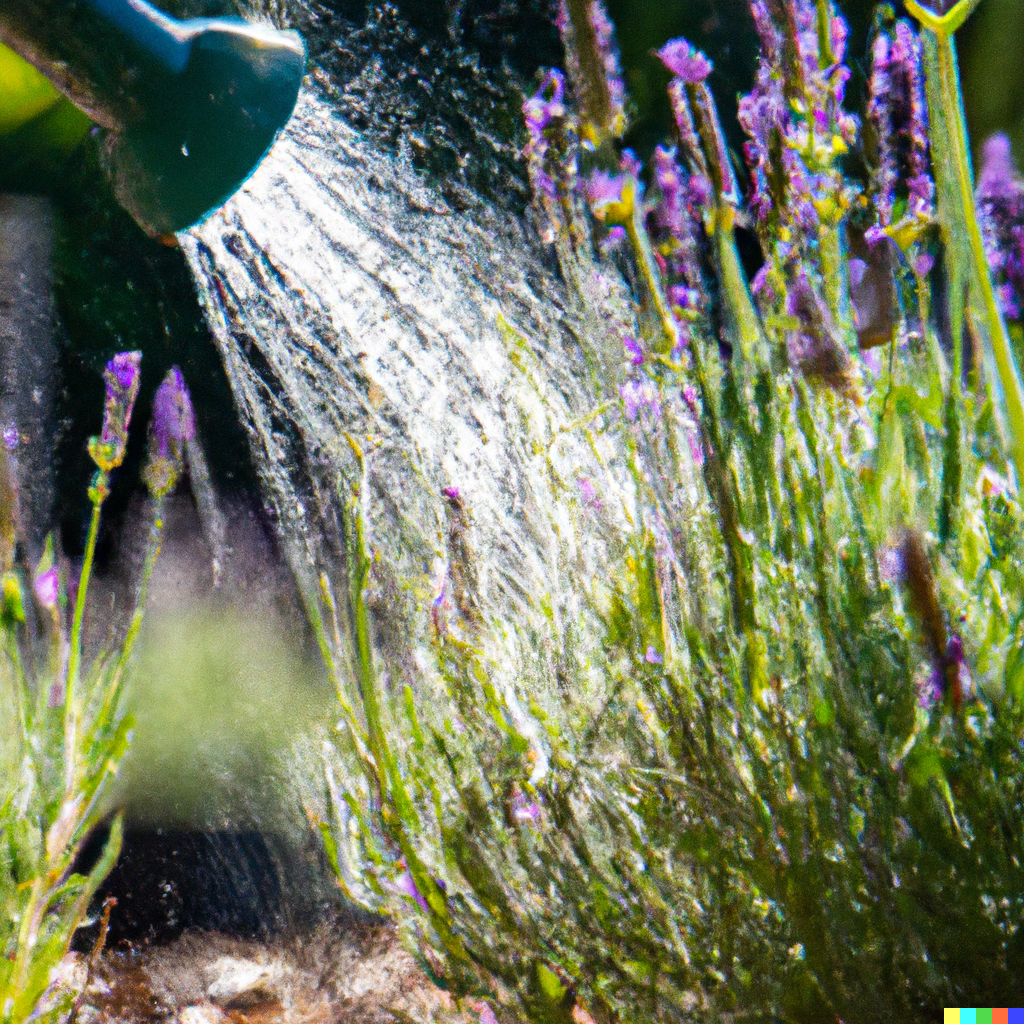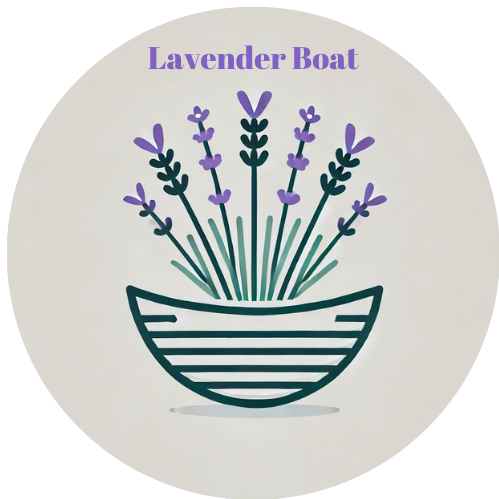Learn how to grow Lavender It thrives with full sunlight, well-draining soil, infrequent watering, and pruning. Choose varieties suited to your climate.
Listen to this guide
or read on …
Get Growing! An Introduction to Cultivating Lavender
With its beautiful flowers and fragrant scent, lavender is a joy to grow. This aromatic herb thrives in sunny spots and rewards gardeners with endless uses – from recipes to crafts to aromatherapy. While lavender prefers well-drained soils and ample sunlight, it can flourish in pots, yard gardens, and even indoors with proper care. Growing lavender yourself allows you to enjoy fresh-cut flowers and customize your harvest.
Follow this complete guide to successfully plant, nurture, and harvest lavender no matter your gardening experience or space. We’ll explore choosing varieties tailored to your region, ideal planting locations, soil needs, pruning techniques, and more. With the right approach, you’ll be on your way to a thriving lavender oasis! Let’s delve into the wonderful world of cultivating lavender.
Choosing Your Variety
With over 400 lavender species, selecting the right one for your needs and climate is key. English lavender (Lavandula angustifolia) is ideal for herb gardens in zones 5-8. Spanish lavender (Lavandula stoechas) tolerates heat and drought well. For coastal climates, try Portuguese lavender (Lavandula latifolia). Dwarf Munstead lavender grows beautifully in containers. Talk to local growers to learn which lavender thrives in your area and soil conditions.
Consider the colour you prefer – opt for deep violets or soft pink blooms. Harvest plans also help determine varieties – pick a highly aromatic type for bath products or cooking. Once you select plants suited to your region, lavender is relatively easy to establish and maintain.
Planting Location
Lavender flourishes in full sunlight and well-drained soil. Select a sunny, south-facing spot with airflow. Loamy or sandy soil amended with gravel allows drainage. Lavender planted in heavy, moist soil risks root rot. Raised beds and slopes provide ideal drainage. Space plants 18-24 inches apart for air circulation.

Place potted lavender near bright windows if grown indoors. Acclimate young plants to outdoor conditions before transplanting into the garden after any chance of frost. Ensure outdoor beds don’t collect moisture by sloping the area slightly. With the right location, lavender will soak up the sunshine and grow vigorously.
Soil Needs
Lavender thrives in slightly alkaline soil with a pH of 6.7-7.3. Test your garden’s pH and amend the soil as needed. Add dolomitic lime if the soil is too acidic. Improving drainage is also key – incorporate coarse sand, small gravel stones, or perlite into heavy clay or compacted soils.
Well-draining loam enriched with organic matter provides an ideal growing medium. Mix quality compost or manure into the soil a few weeks before planting. Top-dress beds annually with compost to replenish nutrients. Be sure the soil drains well – lavender hates wet feet. With proper soil prep, your lavender will be set up for success!
Planting Instructions
Spring is the best time to plant container-grown lavender so that roots are established before winter. Dig holes at the same depth as the root ball and twice as wide. Space holes 18-24 inches apart to prevent overcrowding. Carefully remove plants from containers, loosening the roots. Place into holes and backfill with native soil, tamping down gently.
Include a slow-release granular fertiliser in the bottom of the planting hole. Use stakes to support top-heavy potted plants if needed. Water thoroughly after planting and mist leaves until established. Hold off fertilising the initial season until plants are growing steadily. Proper planting techniques will boost lavender growth and longevity.
Water and Sunlight Needs

Newly planted lavender needs moist soil until established. Water plants, avoiding foliage, when the top inches become dry. Excess moisture on leaves or crowns causes rot. Established lavender only requires watering every 7-10 days or less, allowing soil to dry out completely between watering. Hot, dry climates may need more frequent drenching.
Ensure lavender receives 6-8 hours of full sunlight daily. Indoors, grow in a south-facing window. Lavender thrives on heat and light. Insufficient sun results in fewer blooms and leggy growth. Rotate potted plants occasionally for even sun exposure. Ample sunshine and limited watering give lavender plants optimal growing conditions.
Pruning Lavender
Pruning stimulates fuller, bushy growth and prolific blooming. Trim plants after flowering finishes in spring or summer. Cut branches back by one-third their length above green foliage. Remove spent flower stalks anytime they lose their colour.
Disinfect pruning tools between plants. Avoid cutting into thick, woody portions that won’t re-sprout. Shape and edge borders for visual appeal. Only prune potted lavender minimally to control size. Proper pruning combined with sunlight and well-drained soil keeps lavender compact and flowering beautifully year after year.
Pest and Disease Prevention
Lavender is relatively problem-free but still susceptible to some pests like spider mites, root/crown rot, or fungus. Maintain good airflow between plants to prevent humidity buildup. Avoid wetting foliage when watering and space/prune plants for ample air circulation.
Use row covers or organic neem oil spray to deter mites. Fix drainage issues immediately to combat rot. Remove affected plants to prevent spreading. Remove debris around bases and dispose of diseased plants properly. Spinosad or sulphur sprays treat fungal issues. With good growing conditions and prevention, lavender will thrive pest and disease-free.
Harvesting Lavender
Time harvest when lavender blooms reach peak colour and aroma just after buds open. Snip flower stalks with pruners or scissors when the day is dry and sunny. Cut stems with 6-10 inches of stalk below the flower spikes.
Gather into small bundles, gently shaking to remove insects or dirt. Air dry upside down in a dark, dry location for 1-2 weeks until crisp. Monitor for mould development and discard any affected stems. To use leaves or soft stems, harvest when plants are still green and hydrated for optimal oil content. Enjoy your hand-cut lavender in arrangements, crafts, and culinary creations!
Over Winter Tips
Lavender grown outdoors needs winter protection in zones 5 and below. Place mulch around the base after the ground freezes for insulation. Prune plants shorter in fall to prevent excessive snow damage.
For potted lavender, move containers to an unheated garage before the first frost. Water minimally until spring. Cut back on fertilizer late in the season. Transplant root-bound plants to larger containers. Shelter lavender if brought indoors until adjusted to indoor humidity and warmth. With proper overwinter care, your lavender will return vigorously the following season.
Final Thoughts
Growing lavender is a rewarding endeavour that fills your garden with beauty, fragrance, and utility. Follow these tips for selecting varieties for your region, preparing soil, planting, pruning, and troubleshooting. Pay close attention to lavender’s preference for sunlight, well-drained soil, and infrequent watering. With the right growing conditions suited to your climate, lavender will flourish into a low-maintenance, aromatic wonder.
Beyond the garden, enjoy decorating with fresh-cut lavender blooms and harvesting for year-round crafts and recipes. The uses for homegrown lavender are endless! As you tend to your plants season after season, you’ll discover endless inspiration and joy from their lovely presence. Soon, the sights, scents, flavours and uses of lavender will be abundantly infused into your everyday life.






